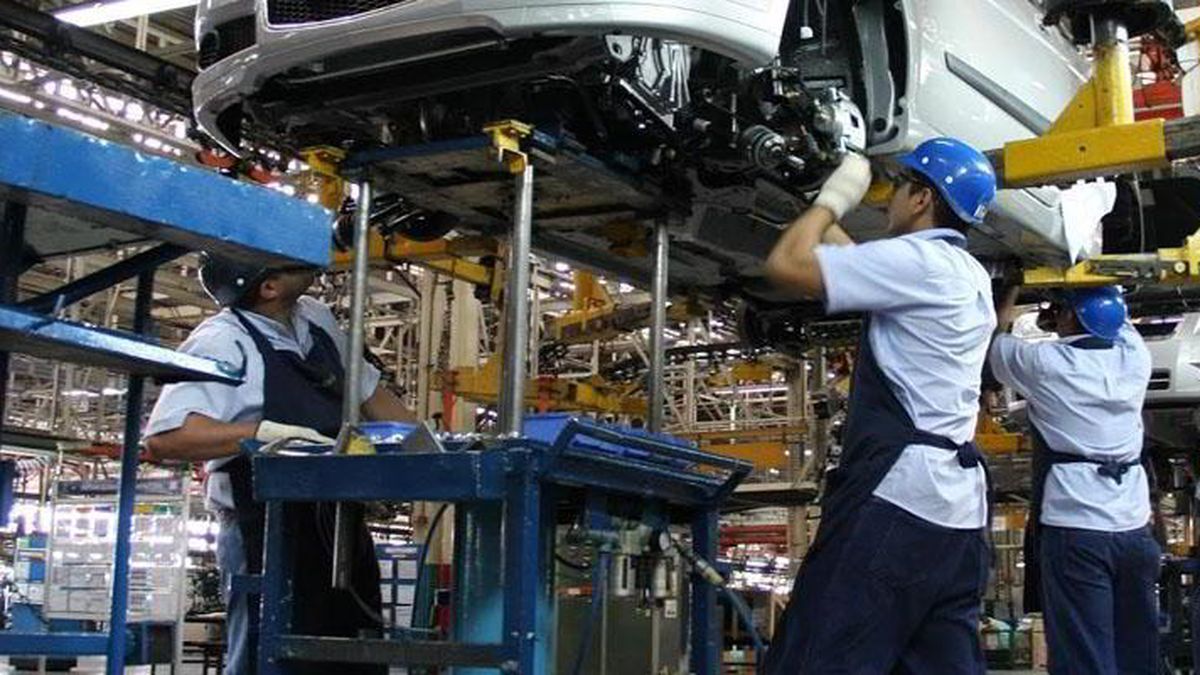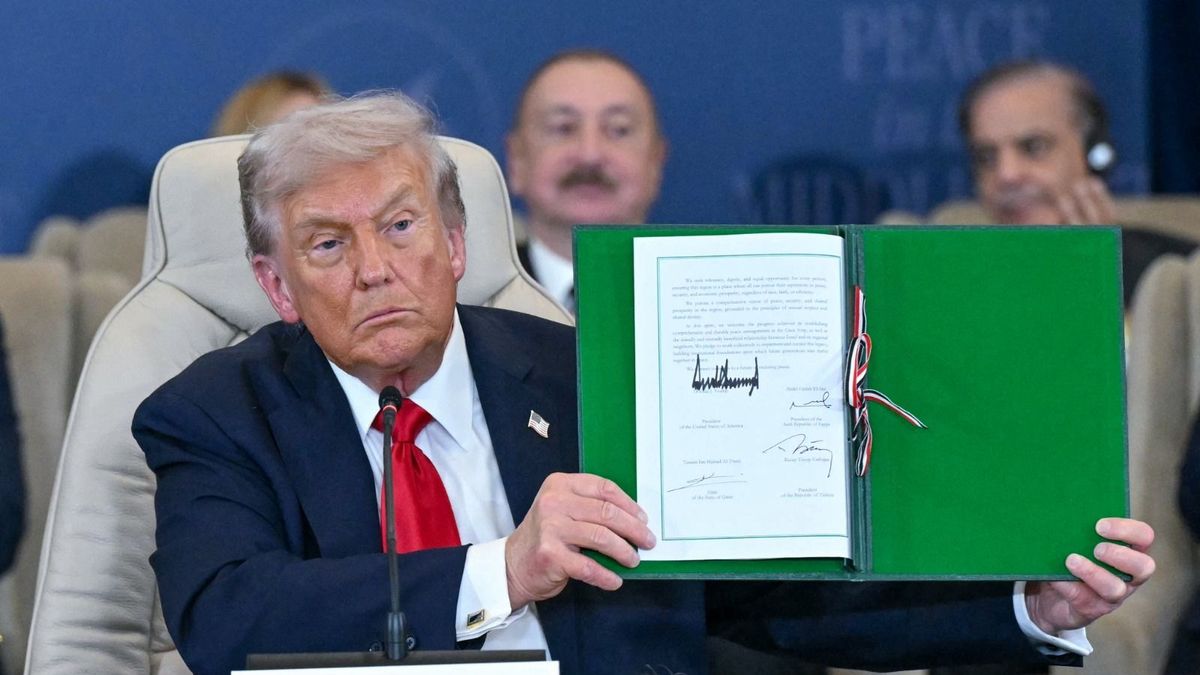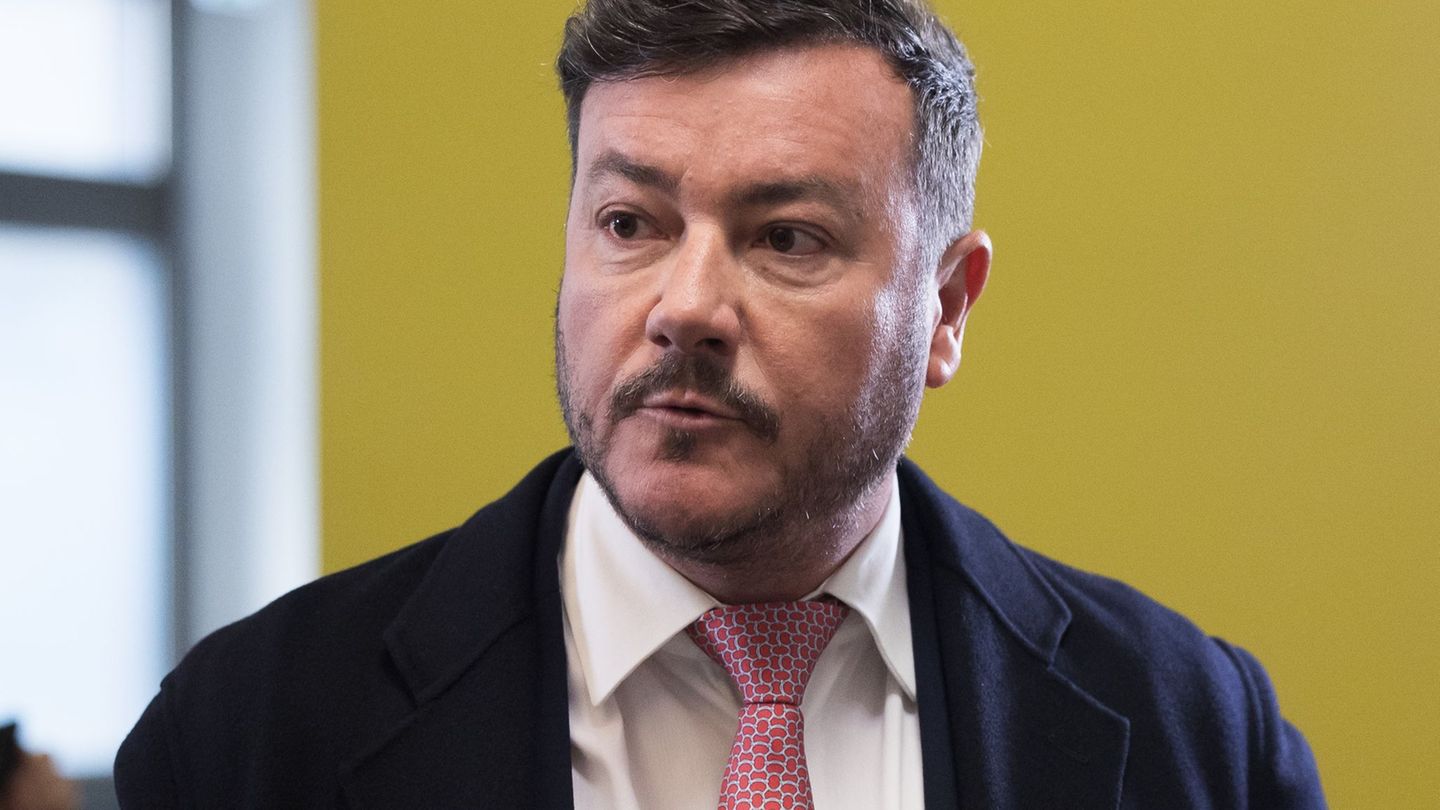The entity disseminated the survey it carried out to analyze the impact of the economic situation on companies and their prospects. Among the conclusions, he indicated that the outlook in the industry remains difficultat the same time that “the tensions registered in production and sales, as well as those related to the macroeconomic environment, worsened.”
In any case, the study revealed that, in contrast to production and sales“employment was the only indicator with a more favorable performance”. “In this opportunity It was observed that companies with increases in employment (15%) exceeded those with a fall (14%). When analyzing the data by sector, the increases in employment correspond to certain specific companies that have had investment projects with expansion of productive capacity, beyond the current economic situation. For example, in branches such as textiles, clothing and footwear, the chemical industry, the non-metallic minerals industry. Beyond this data, employment is a more stable indicator where companies with stability in employment (70%) largely predominate over those with variations,” he explained.
Although companies considered that the economic situation is worse than a year ago, in terms of expectations there is “a deterioration in conditions for the industry in the short term”, but in the future “A certain improvement was seen again in the prospects for next year and there began to be more companies with positive perceptions than those with negative perceptions.. “The improvement is seen both in the situation of the country and in the situation of companies and sectors of activity,” the study analyzed.
Employment is sustained
According to a CEPA study based on data from the Ministry of Labor, as of last June, Employment in the industry accumulates growth of 9.6% since February 2020, prior to the pandemic. It is one of the sectors with the greatest dynamism and that provides the most impetus to the creation of formal work.
In fact, according to official figures, In June, formal employment grew by 4.3% year-on-year and accumulated an improvement of 4.6% year-on-year. In that sense, as detailed by Ecolatina, these numbers “reinforce the idea that formal employment is not, at the moment, feeling the recession”.
In this regard, the firm analyzed: “The greatest pressures in the balance of payments, the fall in international reserves and the acceleration of inflation, were the other side of an economy that managed to partially compensate for the fall in agriculture, but, at least until June, sustained employment in the economy. This was essential to affirm aggregate demand, particularly with high levels of private consumption, in a context in which real wages did not recover ground.“The purchasing power of registered workers fell 1.5% between June and December of last year.”
However, moving forward, the trend may not be the same. “Just as we predict will happen with economic activity, the growth that has been observed in formal employment, and particularly of private sector employees, will begin to deflate in the second half of the year. This will not only be linked to the deepening of the recessive scenario but also to the greater uncertainty about what will happen after the elections,” they detailed from Ecolatina.
Although they concluded: “In any case, we hope that, unlike economic activity, The average for the year closes in positive territory, and the advancement of employment is one of the main assets of the current administration: At the end of the 4 years of government it will have grown around 5% if we take into account population growth. The flip side, or the explanation?, however, will be in the real salary which, even in the case of registered workers, will decline by more than 6% throughout the mandate.”
Source: Ambito




